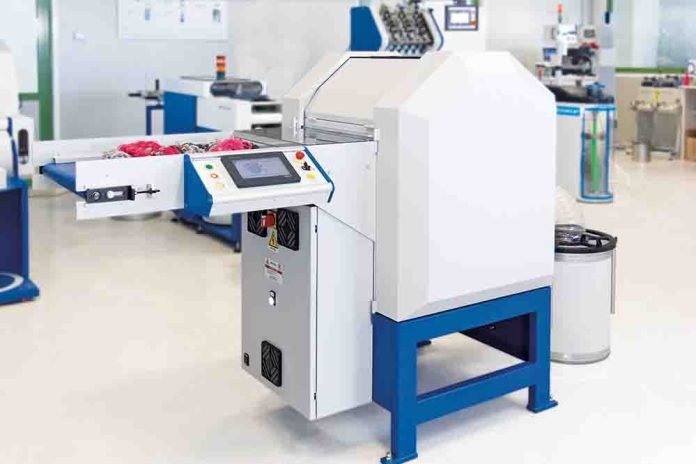Given the announced community directives that will soon impose in many countries the reuse of resources and the reduction of waste, the circular economy and recycling are topics of very high interest nowadays, with increasingly widespread applications in all industries, but above all in the world of textiles.
The Mesdan Mini-spinning line, in addition to its main function (teaching, R&D, sampling), is increasingly contemplated as an integral part of recycling projects. Apparel manufacturers and famous brands, R&D laboratories, and new startups are showing great interest in the Mesdan lines for either laboratory or small production purposes, for the recycling of old cloths, fabrics, and yarn waste as well as the recovery of valuable waste fibers.
In recent years, various research institutes around the world have included the Mesdan Mini-spinning line in their textile recycling projects. The required equipment for this kind of assessment includes the card with the attached sliver web condenser, the drawing frame with the flyer for better resistance and uniformity of the roving, and the ring spinning machine. Some have completed the line with the addition of machines for the production of twisted yarns (assembly winder, twisting machine) or a knitting machine, all on a lab scale.
The novelty that Mesdan presented at the ITMA 2023 in Milan is the laboratory scale Shredding machine.
The machine is characterized by versatility, flexibility high performance, thanks to the possibility of customizing and saving the different settings, modifying the machine’s working parameters (work cylinder rotation speed, product feeding speed, and suction of the finished product).

Mesdan spinning and textile recycling flowchart.
A “standard” mechanical recycling process can be simplified as follows:
– selection and sanitization of the textile to be recycled,
– removal of non-textile parts (metal or plastic parts, such as buttons, zippers, etc),
– cutting of incoming material and Shredding,
– fiber mixing (with the possible addition of other non-recycled fibres) and carding,
– drawing plus spinning to obtain the final product (yarn with desired % composition, count, and tpm)
With a production capacity of approximately 1kg/min (60kg/h), the laboratory Shredding machine is also contemplated with interest as a stand-alone recycling tool, by medium-sized companies, for applications not necessarily aimed for reuse in spinning mills, but for different technical applications, such as non-woven, thermal/acoustic insulation materials, padding, etc.



